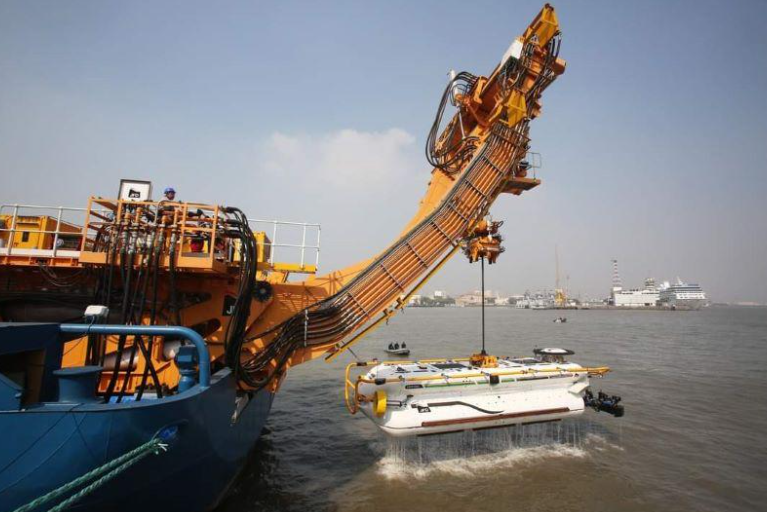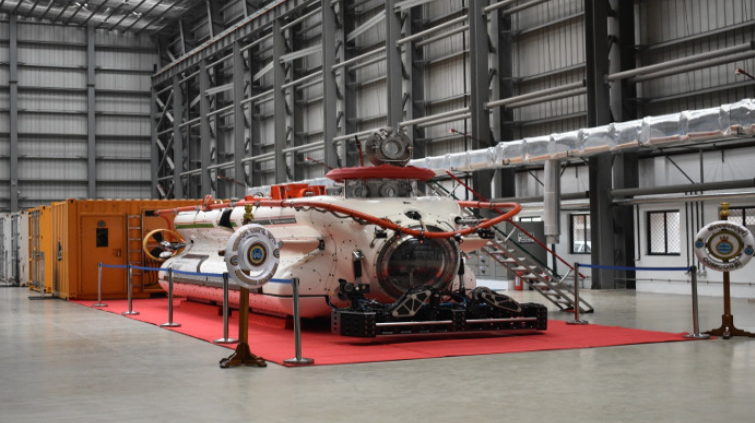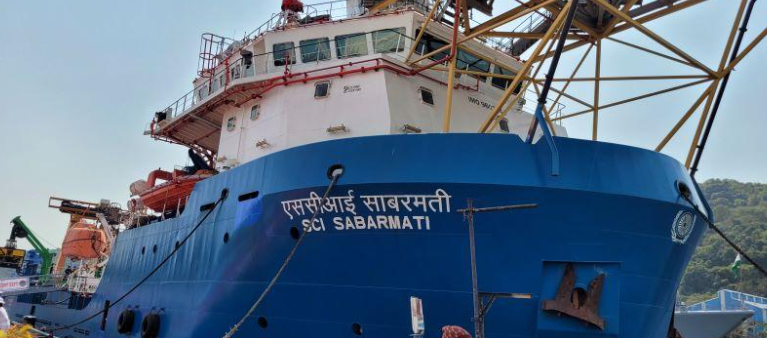Eager to enhance its influence among littoral countries, a major feature of the ongoing multinational naval exercise of the Indian Navy ‘Milan 2024,’ in Vishakhapatnam, is India’s offer to share its submarine rescue mission capabilities with foreign-friendly countries. With the increased submarine operations by multiple military powers, including China, in the Indian Ocean Region (IOR) and its neighbourhood, this Indian initiative is designed to provide the country with a strategic edge.
“Many nations have expressed keen interest in making use of India’s capability. While we already have an ‘implementing agreement’ with Singapore, many other countries like South Africa and Japan may follow suit,” said Rear Admiral K. Venkatraman, Flag Officer Submarines (FOSM). The FOSM is the Class Authority and Safety Class Authority for all classes of submarines in the Indian Navy.

These ships are deployed for rescue missions for submarines and deep-sea diving operations. Out of around 40 countries with submarine fleets globally, only six have successfully developed the capacity to deploy a Deep Submergence Rescue Vehicle (DSRV). India stands among these nations, possessing two DSRVs—allocated for the east coast and western seaboard, stationed in Vishakhapatnam and Mumbai, acquired in 2018 and 2019, respectively. These two Diving Support Vessels (DSVs) are first-of-the-kind ships indigenously designed and built at Hindustan Shipyard Limited (HSL) based in Visakhapatnam for the Indian Navy. With 80 % indigenous content, they are proving to be very useful for not only the Indian Navy but also other Navies in the Indian Ocean region.
“Over the past four years, the Indian Navy’s DSRVs have provided assistance to the foreign navies whenever sought,” said Captain Vikas Gautam, the Officer-in-Charge of the Submarine Rescue Unit, East, during a presentation arranged for foreign naval delegates to showcase its capabilities at the Hindustan Shipyard Limited (HSL).

These vehicles possess the capability to carry out submarine rescue operations at depths of around 1,000 meters. Submarine rescue encompasses the initial steps of locating a distressed or sunken submarine and subsequently rescuing survivors. Individuals trapped in submarines have three potential methods of escape—utilising the escape hatch, exiting through the torpedo tubes, or being rescued by DSRVs. DSRVs can be either mounted on ships or transported by air, and India possesses both capabilities.
In 2021, an Indian DSRV was dispatched to rescue the unfortunate Indonesian Navy submarine Nanggala-402, which submerged on April 24, 2021, in the waters north of Bali.
“From the time of receiving a distress call from a submarine, the current Indian Navy capabilities can actually undertake rescue operations in 72-96 hours,” said Captain Gautam.
In another demonstration of the continuing ‘Atmanirbharta’ or self-reliance initiative, HSL will supply two additional ships to the Indian Navy this year. Commodore Hemant Khatri, CMD of HSL, expressed optimism about the future, stating, “HSL has secured orders exceeding Rs. 20,000 crore from the Indian Navy for similar support vessels, and we expect delivering more in the years to come,” during an exclusive interview with this correspondent of BharatShakti.
With over 50 participating nations, the event features approximately 15 warships and one maritime patrol aircraft from friendly foreign countries. The Indian Navy will contribute 20 ships, including the aircraft carriers INS Vikrant and INS Vikramaditya, and nearly 50 aircraft, including MiG 29K, LCA Tejas, and P8I, for active participation in the mega naval drill.
Ravi Shankar, Vizag






















